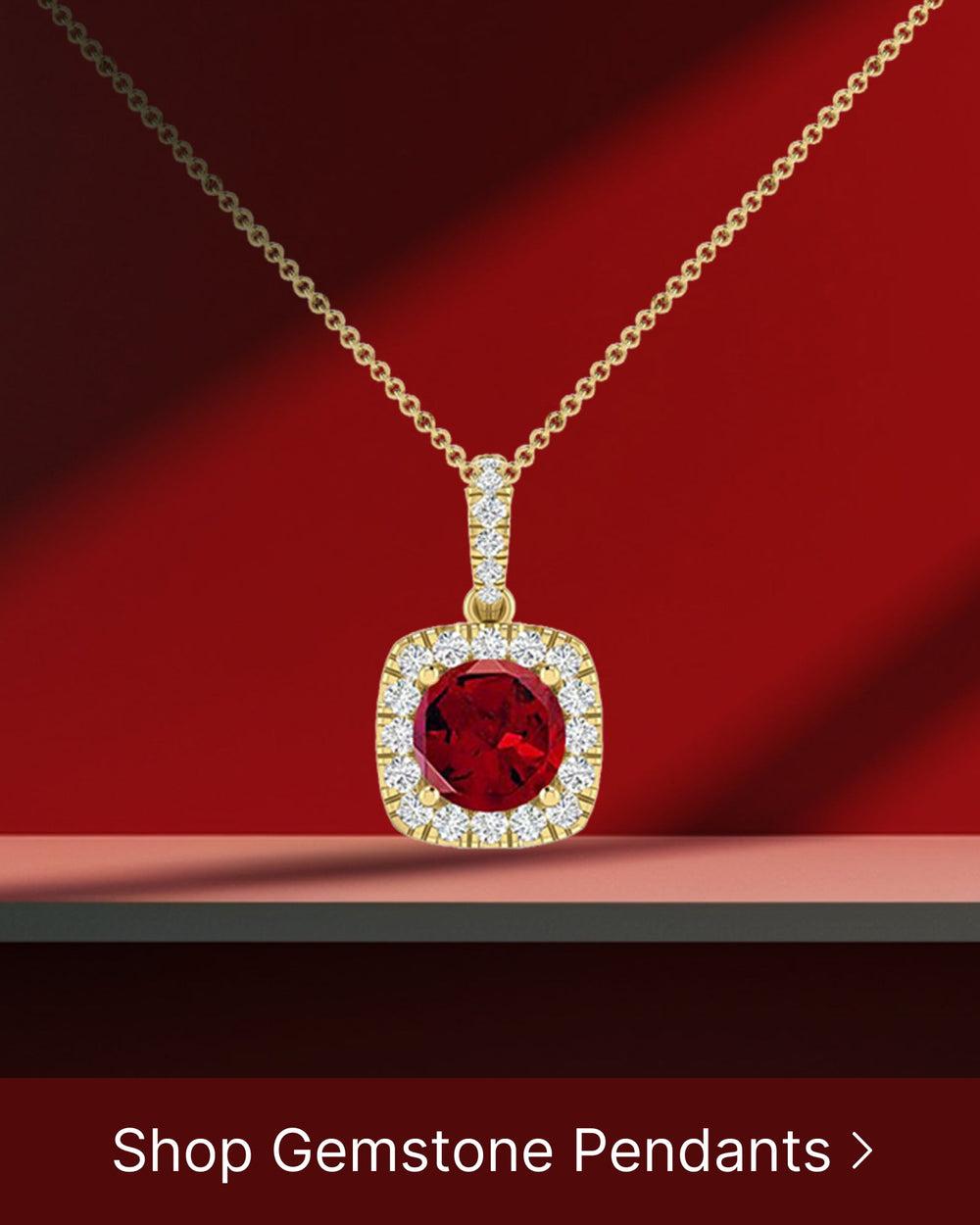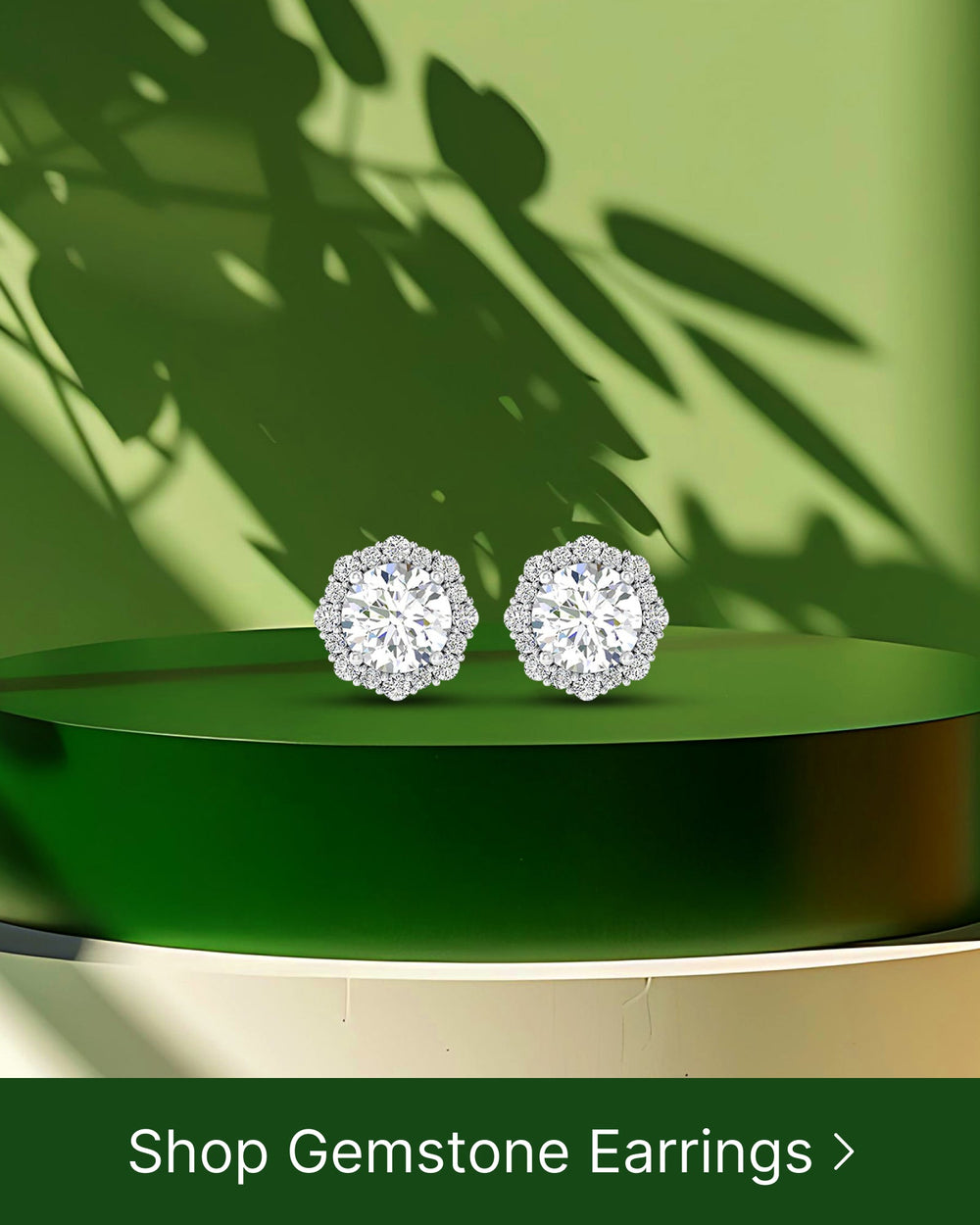Diamonds are the epitome of elegance and luxury, making them the perfect choice for any special occasion. Whether you are planning an engagement, anniversary, or simply spoiling yourself, it is crucial to understand the key factors that determine diamond quality. By familiarizing yourself with the 4Cs and the importance of certification, you can confidently choose a diamond that will exceed your expectations.
Understanding Diamond Quality
Diamond quality is assessed based on the 4Cs: cut, color, clarity, and carat weight. Each of these factors plays a significant role in determining the overall quality and value of a diamond.
When it comes to evaluating the quality of a diamond, the first C to consider is cut. The cut of a diamond refers to how well it has been shaped and faceted. A well-cut diamond reflects light brilliantly, giving it exceptional sparkle and brilliance. The angles and proportions of the diamond's facets are carefully calculated to maximize its ability to reflect and refract light. A diamond with an excellent cut will have superior light performance, making it more visually appealing and valuable.
The second C, color, is another important factor to consider. Diamonds come in a variety of colors, ranging from colorless to light yellow or brown. The Gemological Institute of America (GIA) grades diamond color on a scale from D (colorless) to Z (light yellow or brown). The closer a diamond is to colorless, the more valuable it is. Colorless diamonds allow more light to pass through, enhancing their brilliance and fire.
Clarity, the third C, measures the presence of any internal or external flaws in a diamond. These flaws are known as inclusions and blemishes, respectively. Inclusions can be tiny crystals, feathers, or other minerals trapped inside the diamond during its formation. Blemishes, on the other hand, can be scratches, nicks, or polish marks on the diamond's surface. A diamond with few or no visible flaws is considered to have a higher clarity grade. The GIA grades diamond clarity on a scale from Flawless (no internal or external flaws visible under 10x magnification) to Included (flaws visible to the naked eye).
The fourth C, carat weight, refers to the size of the diamond. Carat is a unit of measurement used to weigh diamonds and other gemstones. One carat is equal to 200 milligrams. Larger diamonds are generally more valuable, as they are rarer and require more rough material to be cut. However, carat weight should not be the sole determinant of a diamond's value. The other 3Cs (cut, color, and clarity) also significantly impact a diamond's desirability and worth.
Importance of Diamond Certification
Diamond certification is crucial in determining the authenticity and quality of a diamond. Certificates provided by reputable gemological laboratories, such as the Gemological Institute of America (GIA), ensure that a diamond meets specific criteria and has been assessed by experts. These certificates provide detailed information about the diamond's 4Cs, as well as any additional characteristics, such as fluorescence or symmetry.
When purchasing a diamond, always insist on a diamond certificate to guarantee its quality and value. The certificate serves as a reliable and independent verification of the diamond's attributes. It provides peace of mind, knowing that the diamond you are buying has been thoroughly examined and graded by professionals. Additionally, a diamond certificate can be useful for insurance purposes, as it helps establish the diamond's value in case of loss or damage.
It is important to note that not all diamond certificates are created equal. The GIA is widely recognized as one of the most reputable and stringent gemological laboratories in the world. Their grading standards are highly regarded and trusted by the diamond industry. Other well-known gemological laboratories include the American Gemological Society (AGS) and the International Gemological Institute (IGI). When evaluating a diamond certificate, ensure that it has been issued by a reputable and independent laboratory to ensure its accuracy and reliability.
Choosing the Right Diamond for Your Occasion
Once you have a good understanding of diamond quality, it is time to consider the specific factors that will make your diamond perfect for your special occasion.
When it comes to choosing the right diamond, there are many aspects to consider. From the shape of the diamond to its size, each factor plays a significant role in creating the perfect piece of jewelry.
Diamond Shapes and Their Significance
Diamonds come in various shapes, each with its own unique beauty and significance. The classic round brilliant cut is a popular choice for its timeless appeal and exceptional brilliance. Its symmetrical shape and perfectly aligned facets allow for maximum light reflection, resulting in a dazzling display of sparkle.
However, there are other shapes to explore, such as princess, cushion, and emerald cuts, each offering its own character and charm. The princess cut, with its square shape and pointed corners, exudes a modern and sophisticated vibe. The cushion cut, on the other hand, features rounded corners and larger facets, giving it a vintage-inspired look. Lastly, the emerald cut showcases a rectangular shape with step-like facets, emphasizing clarity and elegance.
When selecting a diamond shape, consider personal preference as well as the recipient's style and personality. Each shape carries its own symbolism, making it a thoughtful choice for a meaningful occasion. The round brilliant cut, for example, represents eternity and everlasting love, while the princess cut symbolizes strength and independence.
Selecting the Perfect Diamond Size
Choosing the right diamond size is crucial in creating the desired impact. Whether you prefer a delicate and understated look or a bold and eye-catching statement, the size of the diamond can help you achieve the desired effect.
Consider the recipient's hand size and finger length when selecting a diamond size. If the person has smaller hands or prefers a subtle look, a smaller carat weight may be more suitable. A delicate diamond will add a touch of elegance without overpowering the hand. On the other hand, for those who love a show-stopping sparkle, a larger carat weight will make a captivating impression. A bigger diamond will command attention and make a bold fashion statement.
It is important to strike a balance between the diamond's size and the recipient's personal style. A diamond that is too small may go unnoticed, while one that is too large may be overwhelming. By considering the individual's preferences and lifestyle, you can select a diamond size that is both visually appealing and comfortable to wear.
Investing in High-Quality Diamonds
Aside from their beauty, diamonds can also serve as a valuable investment. The quality of the diamond plays a significant role in its potential for appreciation over time.
Why Quality Matters in Diamond Investment
High-quality diamonds with excellent cut, color, clarity, and carat weight are more likely to retain their value and appreciate over time. When investing in diamonds, always prioritize quality over size or quantity.
Maintaining the Value of Your Diamond
To ensure the longevity and value of your diamond, proper care is essential. Regularly cleaning your diamond with a soft brush and mild detergent, and storing it in a jewelry box or pouch when not in use, will help preserve its brilliance and minimize the risk of damage.
Diamond Shopping Tips
Shopping for diamonds can sometimes be overwhelming, given the wide range of options and retailers available. Follow these tips to navigate the diamond market with confidence.
Navigating Diamond Retailers
When choosing a diamond retailer, opt for reputable sources that provide certified diamonds. Established jewelers and online platforms with positive customer reviews and transparent policies are a good place to start your search.
Consider retailers that offer detailed product information, such as the 4Cs and diamond certification. This information ensures that you are making an informed decision and getting the best value for your money.
Avoiding Common Diamond Buying Mistakes
One common mistake when buying diamonds is solely focusing on carat weight and neglecting other important factors such as cut and clarity. Always strive for a well-balanced diamond that combines quality and size.
Additionally, be cautious about purchasing diamonds without proper certification or from unknown sources. Diamonds that are not properly certified may not meet the standards of quality and value that you expect.
Caring for Your Diamond
Proper care and maintenance are vital to ensure that your diamond retains its brilliance and beauty for years to come.
Cleaning and Storage Tips
To clean your diamond, gently brush it with a soft-bristled toothbrush and warm soapy water. Avoid using harsh chemicals or abrasive materials that may scratch the diamond. After cleaning, pat dry with a soft cloth.
When not wearing your diamond, store it in a fabric-lined jewelry box or pouch to prevent scratches and protect it from exposure to moisture or other potentially damaging substances.
Regular Diamond Check-ups
Periodic diamond inspections by a professional jeweler are recommended to ensure that your diamond remains securely set and free from any damage. A professional inspection can also identify any potential issues early on and provide the necessary repairs or maintenance.
In conclusion, discovering the best quality diamonds for your special occasion requires an understanding of diamond quality, careful consideration of diamond shape and size, and knowledge of reputable retailers. Investing in high-quality diamonds that come with proper certification ensures their long-term value. With proper care and maintenance, your diamond will continue to dazzle and delight for a lifetime.





